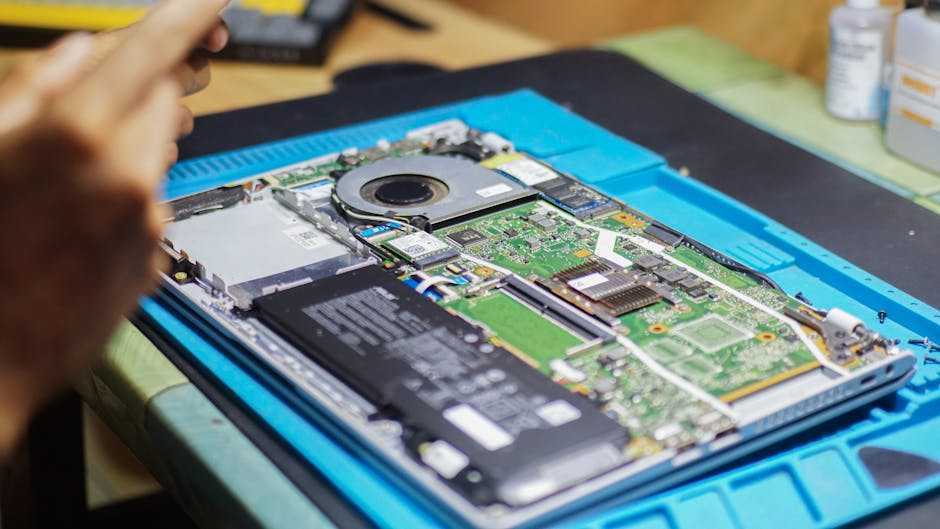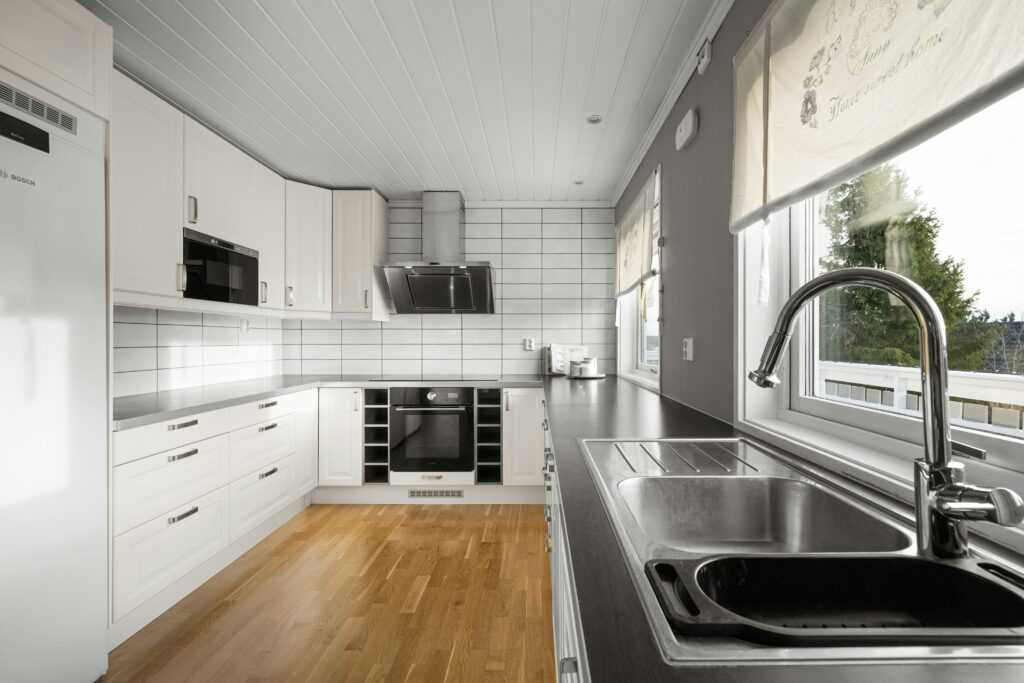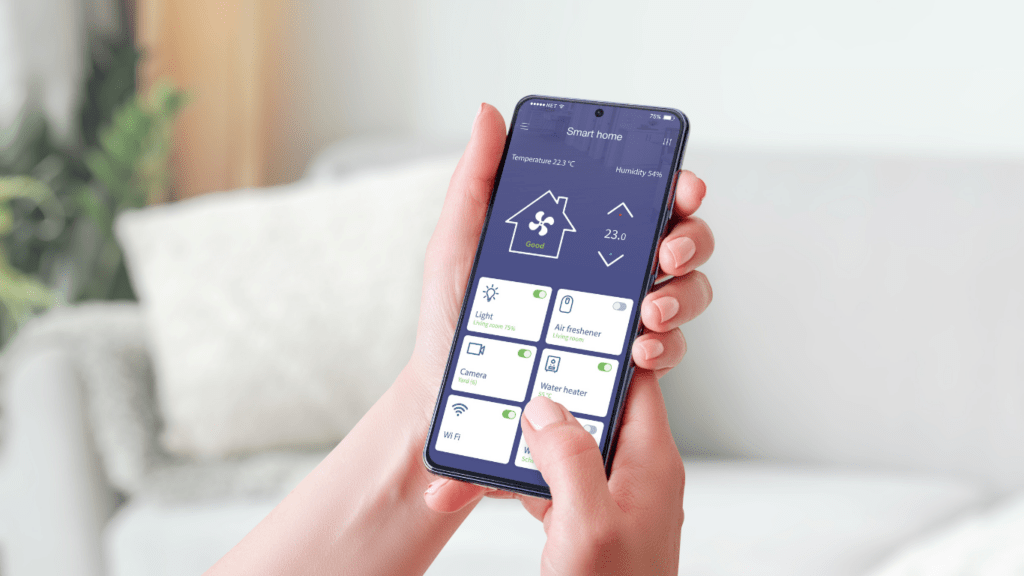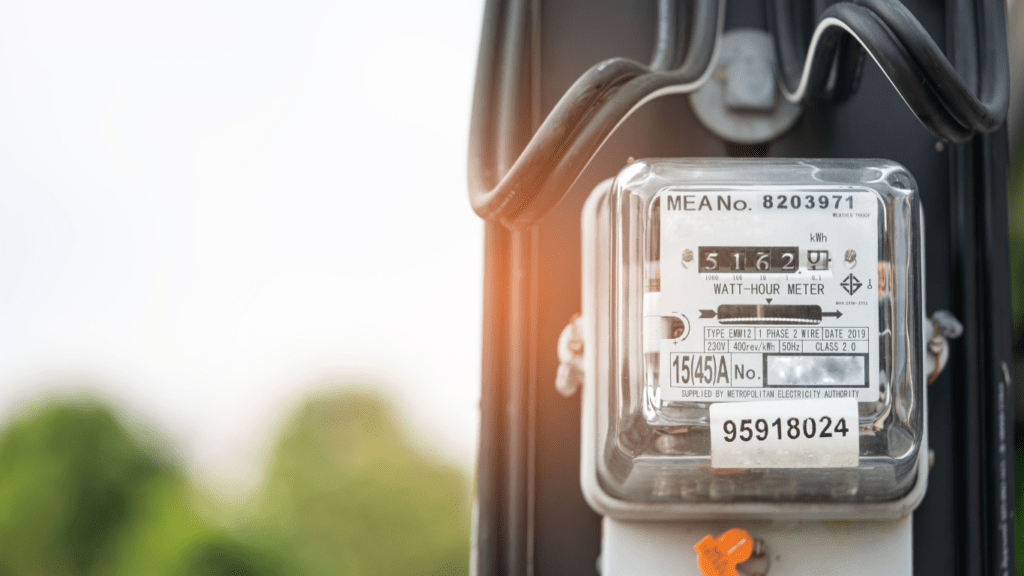Why Go DIY With Smart Home Tech
DIY smart home tech isn’t just a buzzword it’s how more people are making their homes work harder without spending more. Whether you own or rent, there’s an affordable way in. Smart plugs, sensors, and bulbs now go for less than a dinner out, and most don’t require drilling, rewiring, or a background in engineering. That means if you’re living in a city studio or a family house in the suburbs, the entry point is wide open.
Going DIY also means you’re in full control. You decide what gets installed, when, and how. Not into voice assistants? Skip them. Want to expand your setup later on? No problem. You’re never locked into a one size fits all package. It’s all modular start with one room, add devices as your needs or budget grows.
Smart homes shouldn’t feel disposable. With DIY setups, you can choose gear that stays relevant. Focus on products that update over time and work across platforms. That way, you’re not replacing everything next year just upgrading the pieces that matter. Future proofing doesn’t mean maxing out your credit card. It just takes a little planning and smart picks.
Budget Friendly Starter Projects
You don’t need a massive budget to start building a smarter home. These entry level DIY projects are affordable, simple to install, and surprisingly effective.
Quick Wins Under $20
Smart Plugs: Automate lamps, coffee makers, and more all from your phone. Many models work with voice assistants and cost less than $20.
Wi Fi Light Bulbs: Control brightness, color, and scheduling from an app. Great for setting moods or automating bedtime routines without investing in a full lighting system.
Add Convenience and Security
Motion Sensors: Use them to trigger lights, security alerts, or even smart plugs when movement is detected. Easy to install in entryways, hallways, or closets.
Repurpose Old Devices: Got an unused smartphone? With the right apps, it can double as a smart security camera, baby monitor, or motion detector for free.
Explore More DIY Ideas
Looking for more inspiration? Check out this guide packed with budget friendly smart home upgrades: DIY smart home upgrades
These starter projects prove that smart living doesn’t have to start with a huge investment just a smart plan.
Mid Tier Upgrades That Pay Off

Once you’ve knocked out the basics, it’s time to add a few smart systems that actually change how your home works day to day.
Start with a smart thermostat. It’s not just about adjusting the temperature from your phone it learns your habits, tracks usage, and shaves dollars off your energy bill. Most models install in about 30 minutes and start paying for themselves within months.
Next up: video doorbells with motion sensors. They’re your front line of defense and convenience. See who’s at the door, even if you’re on vacation. Get alerts when someone’s lurking. Some models even let you speak to visitors in real time.
Smart locks are another upgrade worth doing. Forget hiding a spare key under a rock. A good smart lock lets you unlock your door with your phone or keypad, issue temporary codes to guests, and track who comes and goes. Bonus: they’re getting easier to install, even on older doors.
Finally, if your Wi Fi struggles at the edges of the house, it might be time for a mesh system. Mesh Wi Fi replaces your router with a network of small nodes that blanket your home in stronger, more stable internet. That means fewer dead zones and better performance for all your connected devices.
These four upgrades don’t just look smart they make your home run smarter without hiring a specialist or draining your wallet.
High Impact Projects (Still DIY)
If you’re ready to level up your DIY smart home, there are projects that bring serious wow factor without requiring a contractor. First up: voice controlled home assistants. Setting up a smart speaker like Google Nest or Amazon Echo lets you run your home with a sentence. Add custom routines like turning off all the lights and locking the door with one command and your daily flow gets frictionless fast.
Next, smart garage door openers. These let you check status, open, and close your garage from anywhere via app. No more turning around halfway to work or leaving the house vulnerable. Most brands install in under an hour and connect directly to your home’s Wi Fi.
Finally, there’s smart lighting. Not just dimming from your phone, but full on multi room control. Lights that sync with music for parties, soft warm ups in the morning, or automated switchovers to evening mode this is where ambiance meets utility. It’s all doable, often with just a hub and some bulbs.
Want more inspiration? Get even more ideas here.
Tools and Tips Every DIYer Should Know
Jumping into smart home projects without a plan is a fast track to frustration. Start by choosing devices that play nice with each other. Open ecosystems like Google Home, Amazon Alexa, or Apple HomeKit give you flexibility to mix brands and still keep everything synced. Buying a budget sensor that doesn’t connect to your existing setup? Bad idea.
Next, secure your network. Each smart device is a tiny door into your home’s digital life. Change default passwords and keep your Wi Fi protected with WPA3 if possible. Splitting smart devices off onto a guest network adds another layer of safety.
Plan room by room. Think about what makes sense for each space smart lights in the bedroom, thermostat in the hallway, speaker in the kitchen. This keeps upgrades functional instead of flashy. And when your system grows, it won’t feel chaotic.
Finally, don’t let a dozen apps control your day. Centralize. Whether that’s through a voice assistant, dedicated smart home hub, or one master app, having a single point to monitor and manage your devices will save you loads of energy (and sanity).
Final Thoughts: Smart Doesn’t Have to Mean Expensive
You don’t need a huge budget to build a home that runs on autopilot. What matters most isn’t how much you spend it’s how smart you are with what you’ve got. Creative use of budget friendly gear can cover the basics and set the foundation for bigger upgrades later.
Don’t fall for the shiny, all in one packages if you’re just getting started. Begin with one small win: a smart plug to control your coffee maker, a motion sensor for the hallway, a retrofitted security cam. Then grow from there. Upgrade when it makes sense, not just because it’s trending.
The beauty of DIY smart home projects is that the rules are yours to write. Rent or own, tech savvy or not, there’s a setup that fits your life and your wallet. Build it your way, piece by piece.



